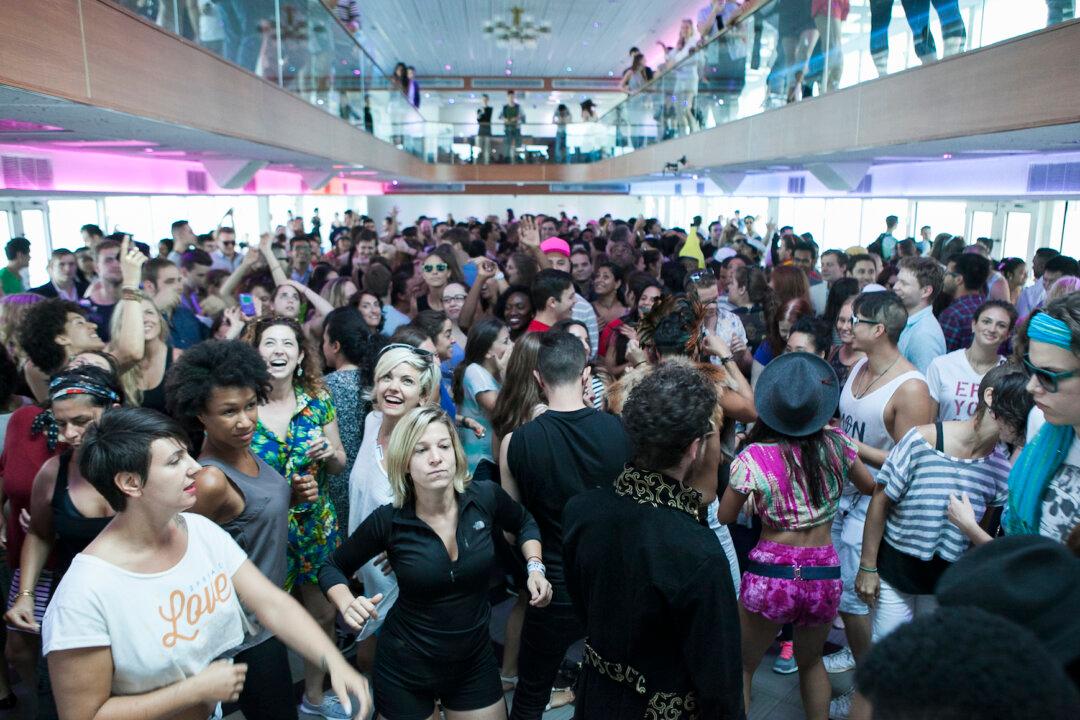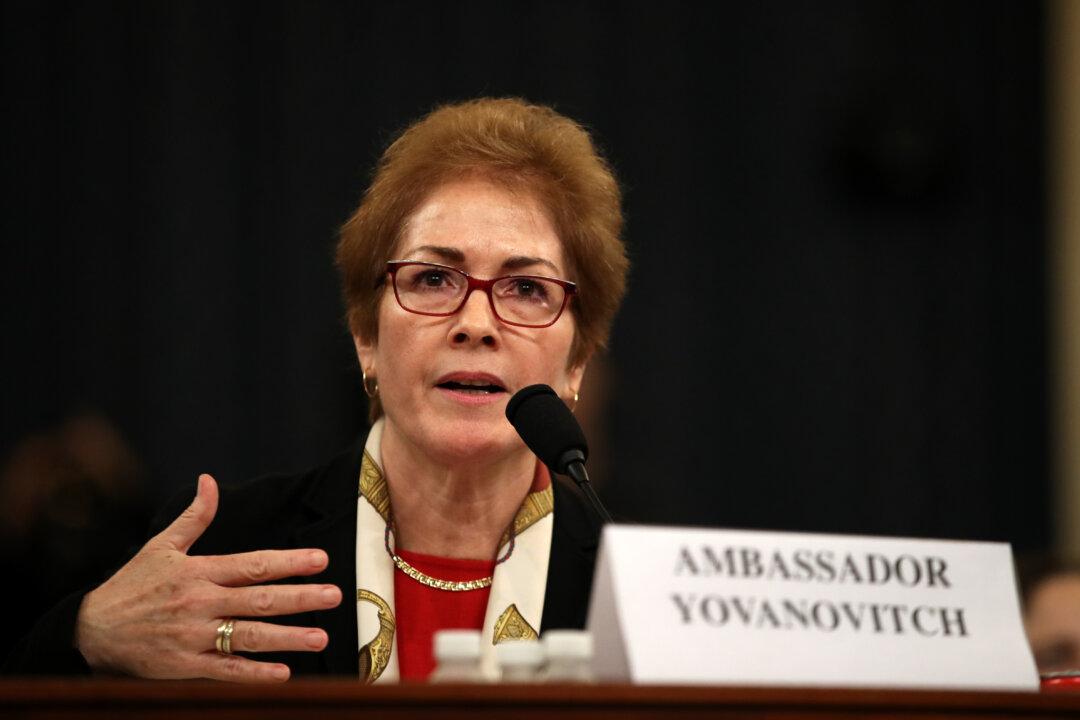In a party obsessed with identity, House Minority Leader Nancy Pelosi (D-Calif.) may be doing more to hurt than help. She is white, affluent, upper-class, older, and, to many, represents the establishment that her party collectively distrusts.
Twenty-eight-year-old congressional candidate Alexandria Ocasio-Cortez was noncommittal when asked about voting for Pelosi for House speaker if the Democrats take back control of the chamber. And some others in the party have been talking about replacing her with Rep. Jim Clyburn of South Carolina to show black voters that the party does care about them.





